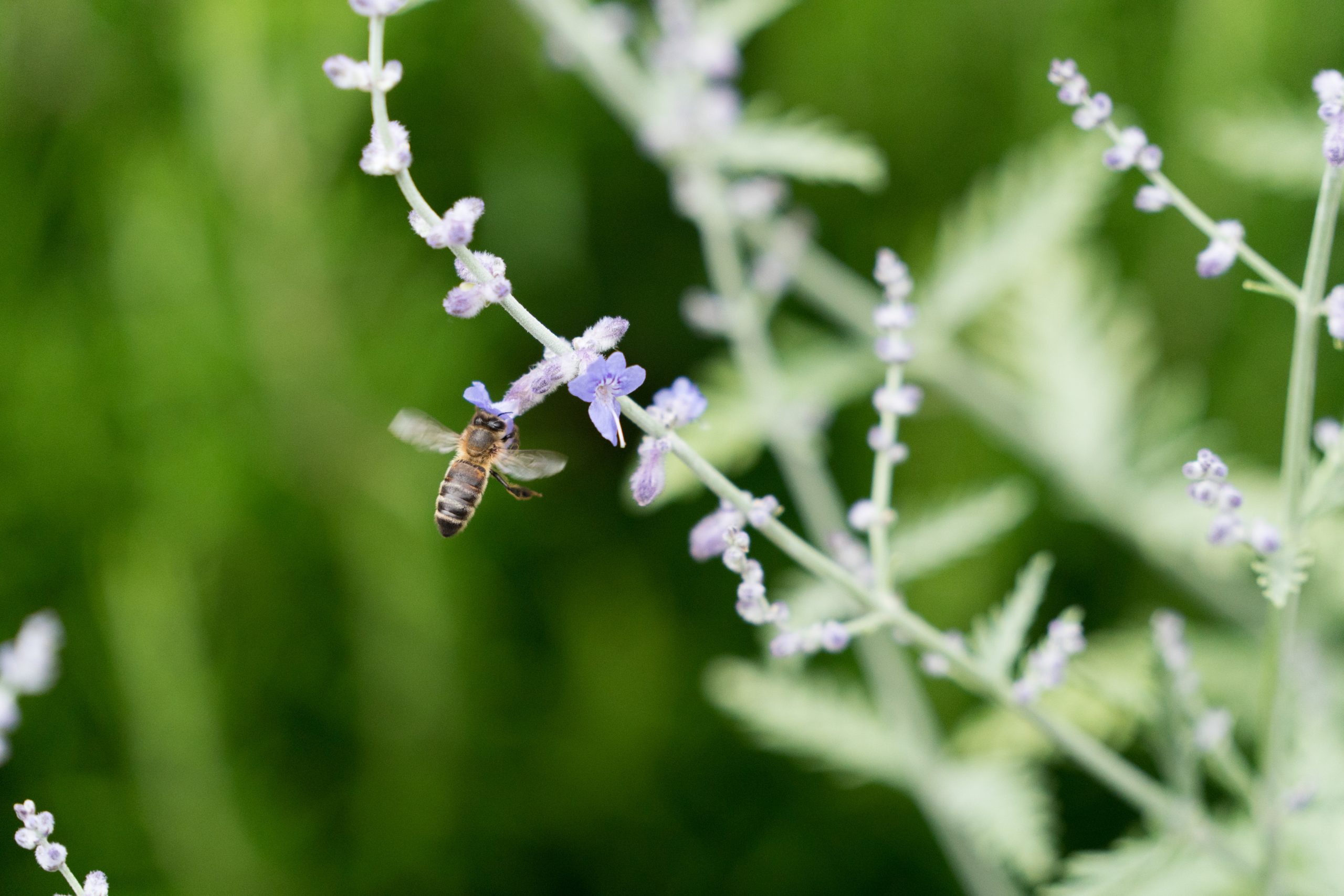
However, new independent Government data reveals that London’s air pollution levels fell to within the legal limits for nitrogen dioxide (NO2) for the first time in 2024, a remarkable 184 years earlier than predicted.
London is leading by example when it comes to air quality, with many other major cities with far smaller populations and fewer vehicles – including Manchester, Liverpool and Birmingham – still exceeding the legal limits.
The Mayor of London, Sadiq Khan, has hailed the success of his bold air quality policies which have led to the capital’s air pollution levels falling to within the legal limit for the first time.
Since he took office in 2016, following the implementation of ambitious London-wide policies, such as ULEZ (Ultra Low Emission Zone), levels of toxic NO2 at roadsides has nearly halved.
In London Bridge, our recent project with Centre for London identified cleaner air as a key determinant of health that BIDs and businesses can influence positively as part of a healthy approach to placemaking. Team London Bridge and our business community have been working together for a number of years towards this end, with initiatives including Bikes for Business, Fresh Air Squares, cleaner air walking routes, our cargo bike directory, Decarbonisation Charter, award winning net zero routemap, greening and ecology projects, and cycling strategy.
Southwark Council’s Clean Air Action Plan 2023-27 tackles issues that have severe consequences for the borough’s air quality, in many cases by taking part in the Mayor’s Air Quality Fund projects as they work towards 2030 targets.
All this coordinated activity illustrates the importance of collective action as we all strive to create a healthier London for all.